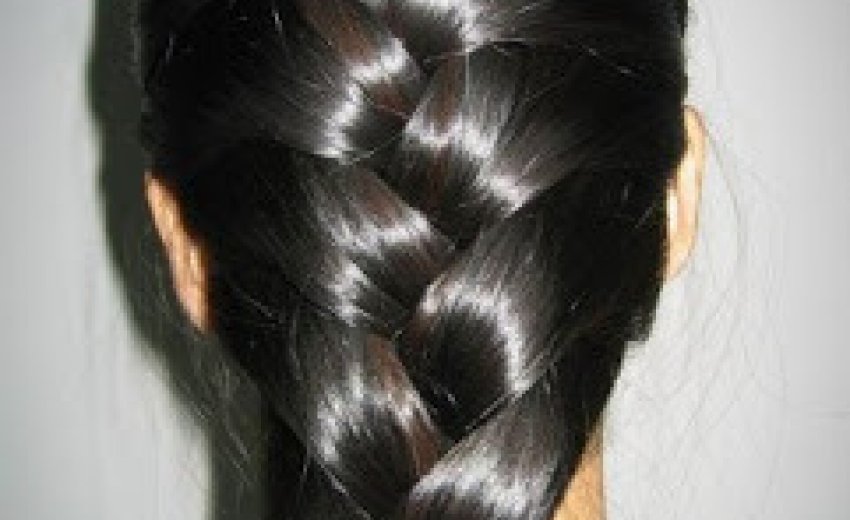|
Why do I have Kesh?!
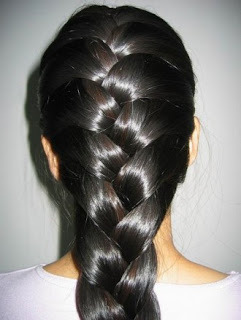
August 8, 2013: Why do Sikhs keep long, un-cut hair?
Seriously, give me a good reason! What’s the point of my kesh?
Kesh, or uncut hair, is considered to be an essential part of Sikhi. Yet, no one has given me a convincing answer as to why it is essential or why the Gurus commanded Sikhs to keep long hair. Throughout my life, I keep getting half-baked, unsubstantiated answers. So, I decided to go on a quest, compiling all the solid answers that I could find.
I am not going to give a “seal of approval” to any points or counter any reasoning. Each person’s connection to their kesh is personal and not for me to judge. I will not critique any reasons, as I am not in a position to unearth the validity of each claim, but rather I present them to you so you can judge for yourself.
Below is a brief summary of the different reasons I could find that people give for why Sikhs keep uncut, long hair. Through this research, my personal reasons for keeping kesh have become clearer and more resolute. Different reasons resonate with different people. Hopefully, this may help you find your reasons too. I hope you enjoy this catalogue and find a reason that works for you.
I. FAITH
Reason 1: Because the Gurus Said to Keep Long Hair.
- “When you have faith, you don’t need any absolute reason for doing anything. The Gurus said to keep long hair, so I do. I don’t question it,” someone once told me.
II. LINK WITH THE GURU
Reason 2: Because the Gurus had Long Hair
- According to Trilochan Singh in The Turban and Sword of the Sikhs, Sikhs live in the physical image of the Guru, and since the Gurus kept long hair, so do Sikhs. This may be as a tribute to the Gurus’ life or as a way to live in line with the Gurus’ lifestyle.
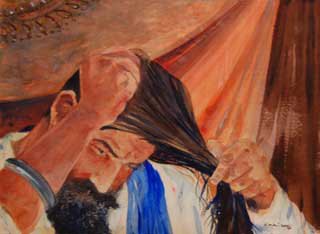
Reason 3: Physical Connection to Gurus
- Long hair can help a Sikh feel connected to the Guru. It is a physical commonality a Sikh shares with his/her Guru and thus, can serve as a reminder that a Sikh can be Guru-like and must strive to embody qualities the Gurus had.
- Long hair is regarded as the seal of the Guru, (Manasukhani, Gobind Singh). Typically, a seal authenticates a document or is placed on package holding valuables. In this light, kesh is the Guru’s seal authenticating the Sikh as a disciple, or long hair can be considered the emblem upon the valuable mind/soul contained within the body.
- One author believes that long hair symbolizes the spiritual link a Sikh has with the Guru’s power, (Manasukhani, Gobind Singh).

Reason 4: Orders
- Another theory is that keeping kesh honors Guru Gobind Singh’s 1699 Vasakhi Hukam (command/order) that amritdhari Sikhs, must wear the 5Ks, one of which is kesh.
- In June of 1699, after the first Sikh Vasakhi, Guru Gobind Singh Ji issued a hukam nama for the sangat of Kabul specifically according to the Bikrami calendar, Jeth 26, Sammat 1756. In this hukham, Guru Ji refers to kesh several times, “ Keep your hair (Kesh) uncut – this is the seal of the Guru….Look after your hair and comb (Kanga) it twice a day….Never have any connection whatsoever with those who…celebrate the cutting of children’s hair,” (Guru Gobind Singh, 1699).
- Some point to the rehatnama (code of conduct) written by Bhai Daya Singh Ji, a contemporary of Guru Gobind Singh Ji, that states, “The hair resides on the body, forsake cutting it,” (Singh, Nihang.).
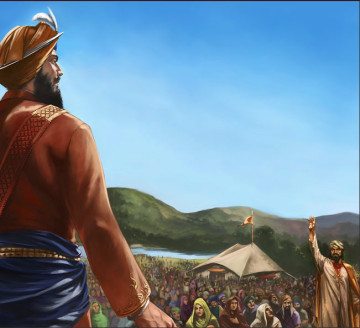
- The Damdami Taksal Rehat Maryada also indicates the importance of kesh, “Unshorn Hair?From your head down to your toes all hair is to be kept unshorn and your hair is to be tied?and complemented with a turban,” (Damdami Taksal).
- Almost all other rehatnamas lay special emphasis on the maintenance of unshorn hair, (Khalsa, Sukhmandir).
III. SPIRITUALITY
Reason 5: Saintliness or Holiness
- In ancient India, it was a general practice with Hindu sages and ascetics to keep long hair tied in a knot on top of their head and keep a long beard. Gurdev Singh hypothesizes in his paper, Respectives on the Sikh Tradition, that Guru Gobind Singh wanted his Sikhs, despite being householders, to also be karma yogis, or practical saints.
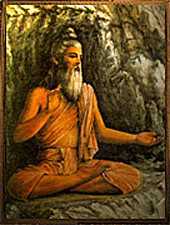
- In India, kesh is a symbol of saintliness or holiness, (Manasukhani, Gobind Singh).
- Long hair serves as a reminder for Sikhs to behave like the saints and Rishis of the past, (Sidhu, GS).
- G. A. Gaskell writes, “Hair of the head is a symbol of faith, intuition of truth, or the highest qualities of the mind.”
Reason 6: Devotion
- Another theory is that the head of a devout Sikh is an offering to the Guru and long hair is proof of the Sikh’s devotion and a sign of a Sikh’s commitment and devotion to his/her Guru, (Manasukhani, Gobind Singh.
- Others say that kesh indicates a life decided to the services of God and humanity, (Singh, Gurdev).
- Some say that kesh is a mark of dedication to the Guru, (Sidhu, G.S.).
Reason 7: Truth
- Writer Sukhmandir Khalsa says that keeping kesh honors truth. Hair, like truth, continually asserts itself despite whatever measures are taken to deny it. Whether plucked, shaved, or curled, or colored hair, the hereditary disposition and condition of hair cannot be changed or concealed, for hair always returns to its original genetic growth pattern, (Khalsa, Sukhmandir).
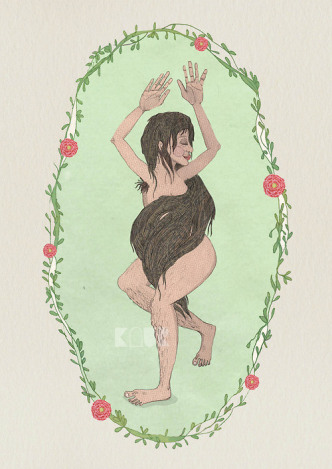
- Khalsa also says that keeping kesh benefits the body and soul. “Hair is prayer and kesh acts as a subtle spiritual antenna. One who keeps kesh intact, practices meditation and achieves humility comes to know the benefit of kesh which can never be realize if hair is severed,” (Khalsa, Sukhmandir).
IV. INDIVIDUAL DEVELOPMENT
Reason 8: Hair Makes a Person Whole
- Another reason a Sikh may keep long hair is that long hair establishes a complete and natural person. When the body is whole, it represents a whole spirit, a spirit unlimited by worldly consideration, (Wylam, Pamela Margaret).
Reason 9: Sikh Sovereignty
- Sikhs do not conform to time-bound, secular fashion trends; Sikhs are not attached to the world. Thus, Wylam says, long hair indicates a freedom from socially deemed fashionable haircuts, (Wylam, Pamela Margaret.) The Sikh is sovereign from social standards of beauty and only behaves in accordance with the Gurus’ standards.
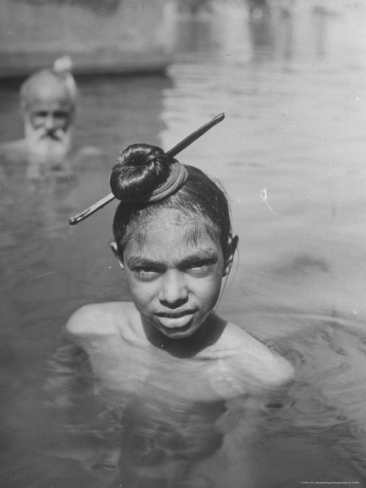
Reason 10: Discipline
- Personal discipline is central to Sikhi and some feel that keeping long hair, combing it every day and washing it, develops disciplines, (Singh, Gurdev).
Reason 11: Vanity
- Some writers feel that keeping kesh vanquishes vanity. Keeping hair intact is a constant reminder to make conscious choices when facing the challenges of confronting ego, (Khalsa, Sukhmandir).
Reason 12: Self-esteem
- Keeping kesh builds self-esteem, in another point of view. Keeping hair intact allows one to experience courage, conquer fear, and realize unconditional love, (Khalsa, Sukhmandir),
Reason 13: Eliminates Duality
- The Sikh eliminates the duality in the mind that may come with cutting hair; that Waheguru made the human perfect but somehow the Sikh is not perfect and thus must cut the hair. Bringing thoughts and actions in line with each other can help establish inner peace.
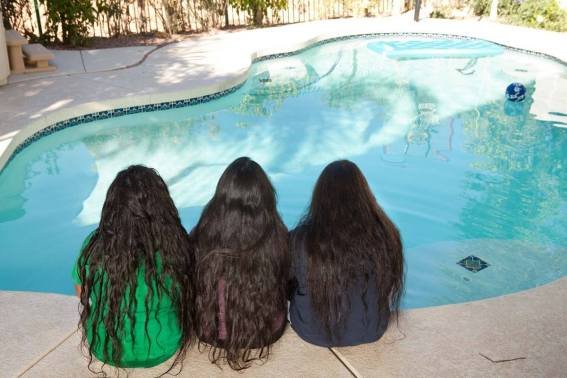
V. PANTHIC DEVELOPMENT
Reason 14: A Common Denominator
- Since every practicing Sikh keeps long hair, it is the common denominator between all Sikhs. It helps connect everyone mentally, reminding Sikhs that they are all striving to reach the same religious, spiritual, social objective, together, (Wylam, Pamela Margaret). Long hair across the panth psychologically connects Sikhs to their fellow Sikhs.
Reason 15: Collective Consciousness
- GS Sidhu in his paper, A Brief Introduction to Sikhism, writes that long hair across the panth builds collective consciousness among Sikhs; it is a mark of dedication and group consciousness.
- A Sikh collective consciousness is a set of shared beliefs, values, history, ideas and moral attitudes which serves as a unifying force within the panth. It plays a role in uniting Sikhs to achieve communal goals and overcome obstacles. “The totality of beliefs and sentiments common to the average members of a society forms a determinate system with a life of its own. It can be termed the collective or creative consciousness,” (Durkheim, Emile).
- The contents of an individual Sikh’s consciousness are shared in common with all other Sikhs within the panth, creating solidarity through mutual likeness. Such solidarity facilitates the advancement of Sikh interests, objectives, and standards within the panth and also, beyond it.
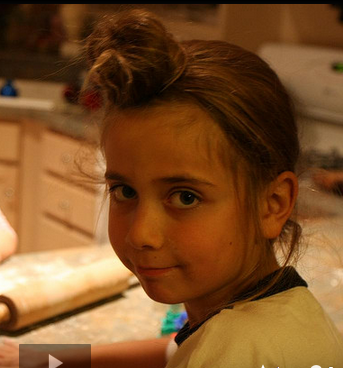
- Furthermore, according to Mary Kelsey’s theory (sociology lecturer at UC Berkeley) collective consciousness brings Sikhs together as a dynamic group to share resources and knowledge.
- Lastly, collective consciousness in the Sikh context can endow the Sikh panth with unique agency: it contributes to an individual Sikh to think and act in a way that reflects the panthic values. This often promotes positive behavior and deters negative behavior. For example, many Sikhs are highly visible (with the beard, long hair or turban) and thus may think twice about stealing since it reflects poorly on all other Sikhs and “gives them a bad name.” As Burns and Egdahl state, those in collective consciousness “can be considered to possess agential capabilities: to think, judge, decide, act, reform; to conceptualize self and others as well as self’s actions and interactions; and to reflect.
Reason 16: Kinship
- Long hair forges an association of the Guru’s disciplines as equals, says Gurdev Singh in Respectives on the Sikh Tradition, decided to the services of God and humanity.
VI. HISTORICAL CONNECTION
Reason 17: Kesh Psychologically Connects Sikhs to their History
- As Sikhs in history kept long hair, keeping long hair in the modern era can help connect contemporary Sikhs with the Sikh Panth of the past, keeping history alive and giving Sikhs strength, (Singh, Trilocan).
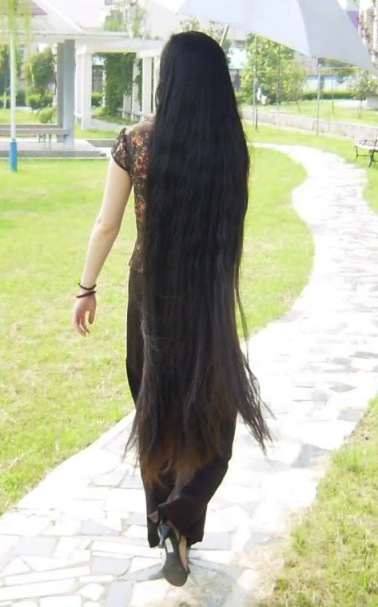
VII. WILL OF GOD
Reason 18: It’s a Gift from God
- Some Sikh believes that hair is provided by God, with its peculiar distribution over the body, and it should be respected, (Manasukhani, Gobind Singh).
- For some, hair is the symbol of love for God and the respect.

Reason 19: God Made Us This Way
- Another reason some Sikhs keep long hair is to live in harmony with the will of God, (Manasukhani, Gobind Singh).
- Trimming or shaving only emphasize the futility of human effort, when opposing the natural law, (Manasukhani, Gobind Singh).
- Kesh indicates a Sikhs acceptance of God’s will, (Sidhu, GS.).
- Keeping kesh intact honors the creator’s intention. Hair is a birthright inherent in the creator’s design, (Khalsa, Sukhmandir).
- Others say that kesh is just like any other part of the body and as one would not cut or mutate an arm, for instance, one should not do that to kesh either.

VIII. UNIFORM
Reason 20: Sikh Identity
- The Sikh Coalition asserts that kesh is a part of the daily uniform of a Sikh; kesh forms an external identity for a Sikh, (Sikh Coalition).
- Keeping kesh identifies one as a Sikh. Hair is a visible identifier, which distinguishes the Sikh from all other religions and walks of life. Keeping hair intact encourages and gives support to fellow Sikhs, (Khalsa, Sukhmandir).
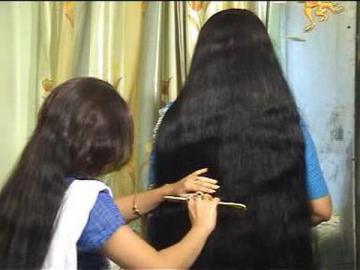
Reason 21: Fierce Image
- Gurdev Singh proposes the idea that long hair was to create a fierce and bold, warrior appearance within the Khalsa. The warrior tribesmen of the historic North West Afghan frontier kept long hair, though trimmed, and perhaps the Gurus wished the Sikhs to have a similarly impressive and alarming appearance, thus mandating the keeping of Kesh, (Singh, Gurdev).
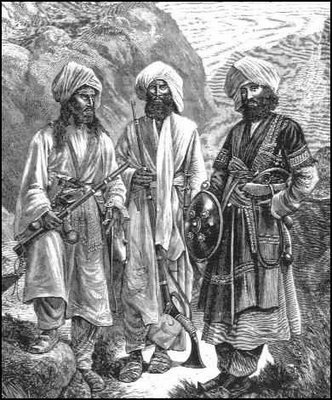
Reason 22: Inexpensive
- Kesh contributes to the Sikh’s uniform and it is an inexpensive, impressive, permanent uniform accessible to all, (Singh, Gurdev.) Regardless of how poor you are, because kesh costs no money, anyone can have at least this one article of faith connecting him/her to the Khalsa.
- Kesh is a natural uniform (Manasukhani, Gobind Singh).
IX. RELATION TO OTHER FAITHS
Reason 23: Long Hair as the Antithesis of Hindu Renunciation
- Some Hindu saints, those who practiced asceticism (abstaining from worldly pleasures with the aim of pursuing spiritual goals) would shave their heads to proclaim their detachment from the world. Sikhs, according to Uberoi, keep hair to take a stand against this practice; to renounce renunciation, to indicate that they could be part of this world and still pursue spiritual goals. This Sikh practice fused together the householder/common citizen with the renouncer/spiritual ascetic, (Uberoi, J.P.S.).
X. EQUALITY
Reason 24: Reduce Sexual Dimorphism
- When Singhs adopt the stereotypically “feminine” characteristic of long hair, sexual dimorphism between Kaurs and Singhs is reduced. (Sexual dimorphism is the presences of physically obvious differences between the male and female of the species.) It has been scientifically observed that the lower the sexual dimorphism in a species, the more the social equality. My personal belief is that, the sharing of a physical characteristic (long hair) between Kaurs and Singhs can foster greater social equality and cross-gender empathy.
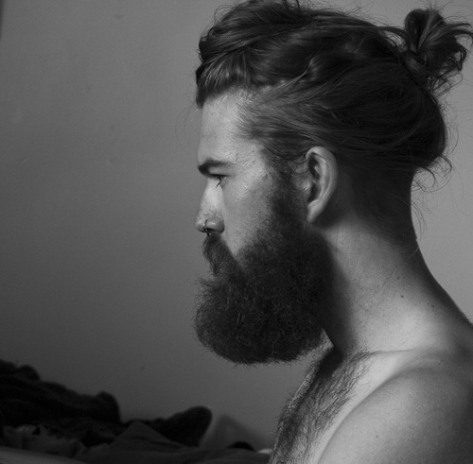
XI. PHYSICAL HEALTH
Reason 25: Protein
- According to some Sikhs, hair is the most potent, purest form of protein in the world. The very root of the hair has the oil of the protein. This oil is enough to support your brain through any activity. Hair is the pranic antenna. It is energy, pure protein, (Khalsa, Gurumustuk Singh).
Reason 26: Vitamin Provider
- Hair’s purpose is to work on the brain, as stated by Gurmustukh Singh Khalsa. The brain needs vitamin D, energy, phosphorus, and metals. The number of units of vitamin D that these hairs provide immediately to the brain is unbelievable, (Khalsa, Gurumustuk Singh).
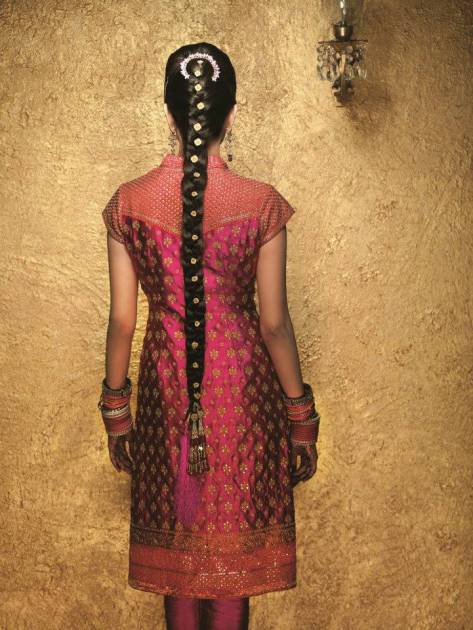
Reason 27: Power of the Rishi Knot
- Some Sikhs believe that it is very positive for a woman to wear her hair tied on top of her head on the solar center in a rishi knot. They feel it is obligatory for women to wear her hair down at night, loose or in a braid. “Braiding the hair at night is one of the most wonderful ways to take care of your most powerful energy antennas. For normal health of her eyes, menstruation cycle and long maintenance of her youth it is obligatory that she use a wooden comb, combing her hair back, forward, back, and so on. This is for circulation of the scalp area,” (Khalsa, Gurumustuk Singh.)
- Furthermore, some believe that men tie a rishi knot where the soft point on the skull is when he was a child. “A woman’s hair is supposed to be tied exactly at the solar centers. Because of the waning and waxing of the moon, she has to protect her solar centers more powerfully than the male,” (Khalsa, Gurumustuk Singh).
- Khalsa states that, “…when a woman’s hair is loose, her identity to submit becomes a hundred times greater. In old times it was a custom that when a woman went to her husband in intimacy, she let her hair down. Unfortunately, now, during the day, everybody has their hair loose. Understand this action in the light of the downfall of sexual values,” (Khalsa, Gurumustuk Singh).
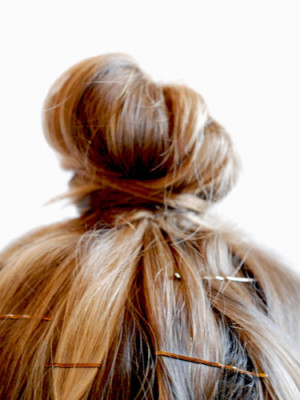
- “In India, a Rishi is known as a wise one who coils his or her hair up on the crown of the head during the day to energize the brain cells, and then combs it down at night. A ‘rishi knot’ energizes your magnetic field (aura) and stimulates the pineal gland in the center of your brain, according to Khalsa. ‘This activation of your pineal results in a secretion that is central to the development of higher intellectual functioning, as well as higher spiritual perception,’” (Yogi Bhajan). “During the day, the hair absorbs solar energy, but at night it absorbs lunar energy. Keeping the hair up during the day and down at night aids in this process. Braiding your hair down at night will help your electromagnetic field balance out from the day,” (Khalsa, Gurumustuk Singh 2).
Reason 28: Magnetic Field
- Most women in America shave their legs and underarms. As per some Sikh writings, this may negatively affect one’s magnetic field. “Perhaps if they realize that by cutting the hairs under the arms they are affecting their magnetic field and the sympathetic nervous system and that by shaving the leg hairs they are altering the electromagnetic field of the lower spine, they might think twice about shaving. Women do not understand what those tiny, tiny hairs on their legs do for them. They only know they are bad things. You know how the legs move, right? On both sides of the legs there are hairs. Those hairs create an electromagnetic field, which balances the movement of the pituitary. You shave it and it is your problem; they say it can make you insane,” (Khalsa , Gurumustuk Singh).
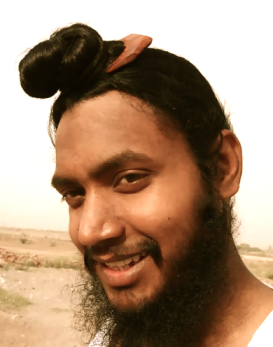
Reason 29: Pranic Life Force
- “Some Sikhs believe that when you allow your hair to grow to its full length and coil it on the crown of the head, the sun energy, pranic life force, is drawn down the spine. To counteract that downward movement, the Kundalini life energy rises to create balance,” Khalsa. In Yogi Bhajan’s words, “Your hair is not there by mistake. It has a definite purpose, which saints will discover and other men will laugh at,” (Khalsa, Gurumustuk Singh 2).
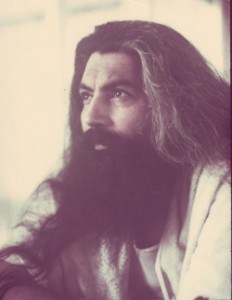
XII. CONCLUSION
There you have it. 29 reasons people have proposed as to why Sikhs keep kesh. I hope you find one, or many that resonates with you.
Are there any reasons
I didn’t come across?
Fill me in!
Also, I would love to hear your opinion
as to why you, personally, keep kesh.
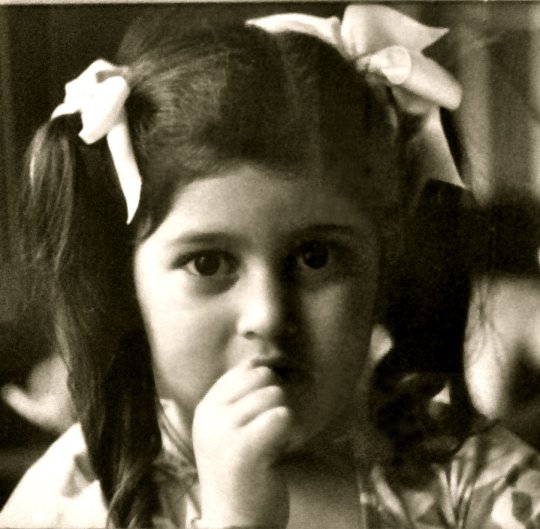 |

